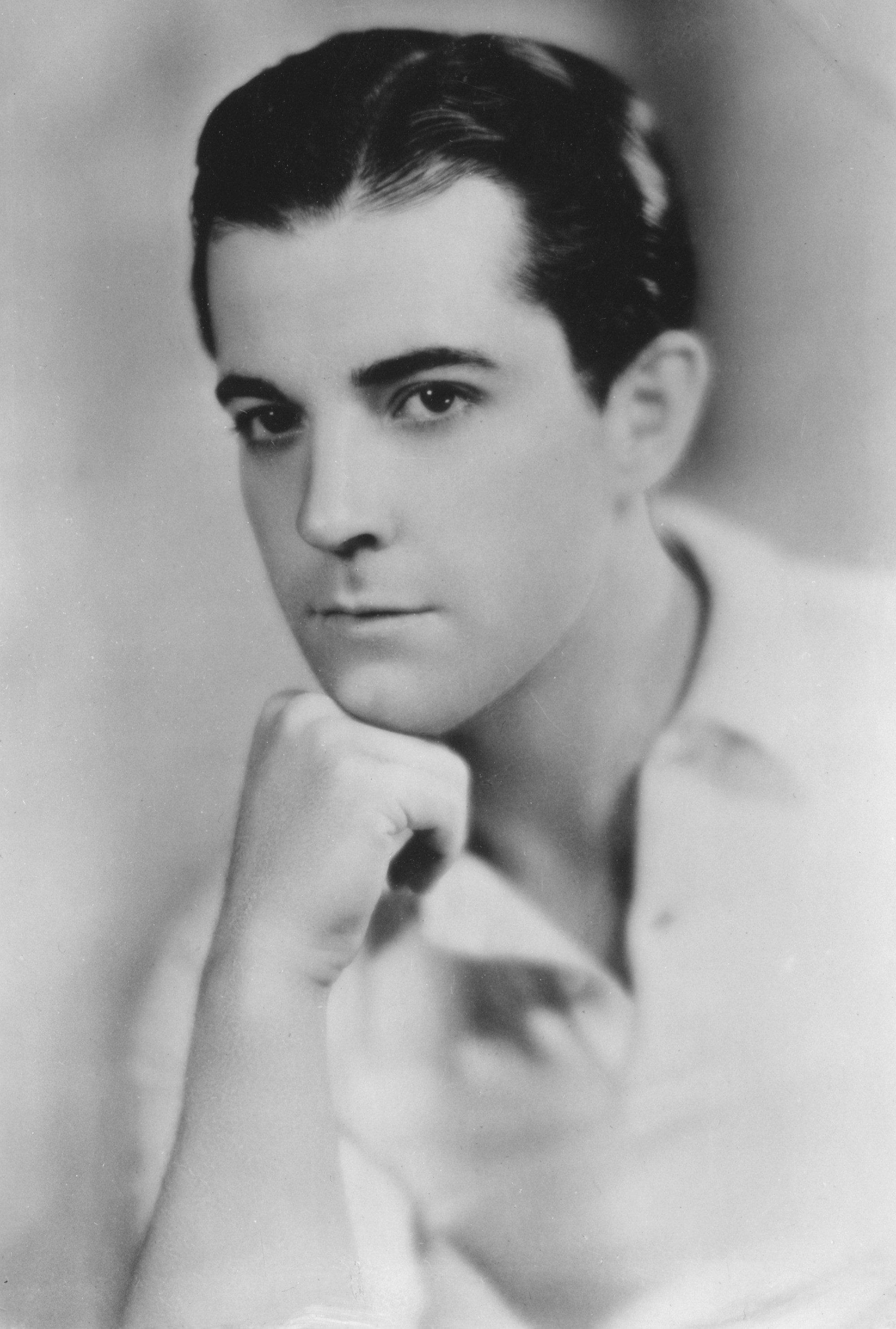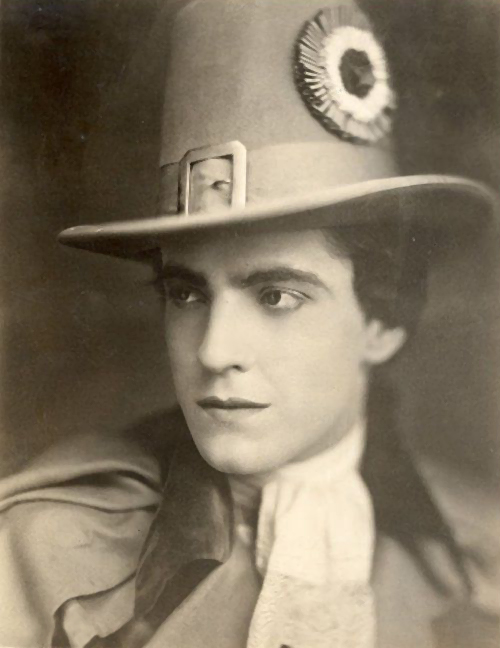
- Industry
Forgotten Hollywood: Ramon Novarro, a Bona Fide Silent Movie Idol
On October 30, 1968, two young hustlers rang the doorbell of a house in Laurel Canyon. They were invited in by a 69-year-old man dressed in a robe. A few hours later, the man would be found dead. He had been badly beaten and had choked to death on his own blood.
That man was Hollywood’s Latin lover, Ramon Novarro. His murder brought his sexuality out in the open, something he had taken pains to hide throughout his career, and he inadvertently became a symbol of gay Hollywood.
Jose Ramon Gil Samaniego was born in 1899 in Durango, Mexico. His wealthy family emigrated to the US as part of a wave of Mexicans escaping the Mexican Revolution. They settled in Los Angeles where Samaniego, who could pass for Caucasian, tried to break into show business. For a while, he held a day job as a singing waiter as he worked bit parts in films, for which he was credited as Ramon Samaniego. In 1922, he was cast as Rupert of Hentzau in Rex Ingram’s silent The Prisoner of Zenda: on Ingram’s advice, he changed his last name to Novarro. Ingram next gave him a role in Scaramouche in 1923, which would be his first major success.

But it was his role in Ben-Hur: A Tale of the Christ in 1925 that made him a superstar. Novarro was given the title role after the original director, Charles Brabin, had been fired. Fred Niblo, who replaced him, had worked with Novarro previously, and he insisted that Novarro replace the original actor, George Walsh, in the lead role. Francis X. Bushman played Messala and Mary McEvoy played Esther. (John and Lionel Barrymore, Joan Crawford, Douglas Fairbanks, John Gilbert, Dorothy and Lillian Gish, Sid Grauman, Harold Lloyd, Carole Lombard, Myrna Loy, and Mary Pickford were extras in the chariot race scene.)

The film took more than two years to shoot and cost $3.9 million, making it the most expensive silent movie ever made. Advertised as “the picture every Christian ought to see,” it eventually earned $9 million. Even that sum was not enough to offset its costs, but it made Ramon Novarro a bona fide movie idol. MGM raised his salary to $10,000 week after seeing his fan mail, mostly from women who admired both his androgynous beauty and his body, shown to full advantage in Ben Hur’s abbreviated costume. Upon the death of Rudolf Valentino the following year, Novarro inherited Valentino’s Latin Lover mantle and went on to make several swashbucklers like The Student Prince in Old Heidelberg opposite Norma Shearer in 1927, and Across to Singapore with Joan Crawford in 1928, avoiding the stereotypical roles that plagued other Latin actors.
He was also a singer and performed in several successful concert tours in Europe and South America.
But when talkie films became the norm, Novarro’s career began to ebb. Though his English was good, he still had a Mexican accent, which became an obstacle to his career’s longevity. Though he made talkies with Myrna Loy and Greta Garbo, MGM did not renew his contract in 1935. He continued to work in supporting roles in the late ‘30s and ‘40s but mostly supported himself with television work in his later years. His heyday payment of $100,000 per film in the ‘20s was a thing of the past.
A devout Catholic, Novarro was tormented by his homosexuality and struggled with alcoholism throughout his life. His violent death is seen today as a hate crime that demonstrated the homophobia of the times. His killers, the Ferguson brothers, got more attention than his death: they received fan letters from women when they were in prison, Truman Capote interviewed one of them for a TV special, and there were numerous tabloid articles and sensational novels based on their lives. The time they served in prison for the crime was short – although both brothers received life sentences, one served only six years, the other nine, before being released on parole – and it is widely speculated that this lenience was because the man they had murdered was gay. However, they would both go on to be incarcerated again for subsequent crimes.

